Apple Music, while not the first player in the streaming game, has established a strong foothold in a highly competitive market. Despite facing off against established services, it has grown to attract tens of millions of subscribers. However, is Apple Music worth it to handle the soundtrack of your life?
This in-depth review breaks down the genuine pros and cons of an Apple Music subscription. We'll explore its best features, acknowledge its weaknesses, and help you decide if it's truly worth your money.
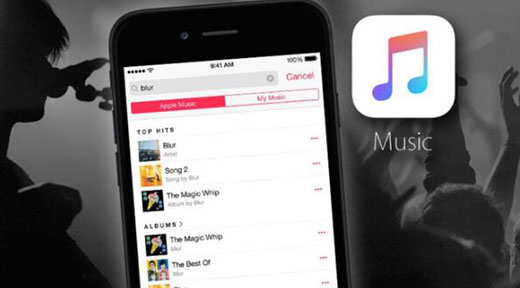
Part 1. The Benefits of Apple Music: Reasons to Subscribe
Apple Music makes a compelling case for your subscription fee, especially if you value audio fidelity and are already using Apple hardware. Its primary Apple Music advantages are rooted in its high-quality sound, seamless ecosystem integration, and user-centric features.
Superb Audio Quality is Included Standard
This is arguably Apple Music's single greatest advantage. While competitors either lack a high-fidelity option or charge extra for it, Apple includes it in the standard subscription price at no extra cost. This allows for a rich, immersive listening experience that audiophiles appreciate. You get:
- Lossless Audio: The entire catalog of over 100 million songs is available in CD-quality (or better) Lossless audio. This format preserves every detail of the original recording, offering a richer, fuller sound for discerning listeners.
- Hi-Res Lossless: For true audiophiles with external DACs (Digital-to-Analog Converters) and premium headphones, Apple provides tracks at a stunning 24-bit/192 kHz resolution.
- Spatial Audio with Dolby Atmos: It creates a three-dimensional soundscape where music feels like it's coming from all around you. It works with most headphones but is especially impressive with Apple's own AirPods and Beats products that support dynamic head tracking.
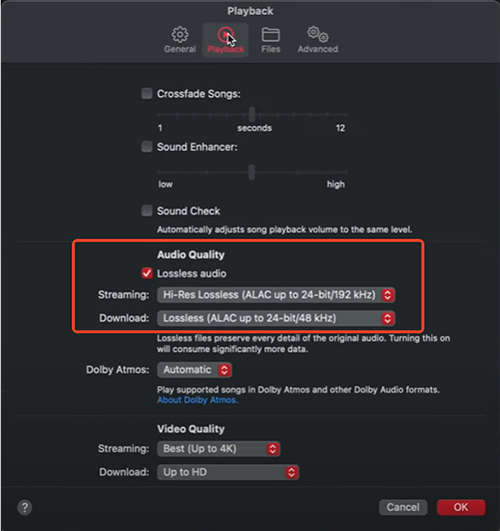
Unbeatable Integration for Apple Users
If you live within the Apple ecosystem, Apple Music's integration is seamless and powerful. The service is woven directly into iOS, macOS, watchOS, and tvOS, creating an experience that "just works."
You can ask Siri on your HomePod to play a specific Apple Music playlist, download Apple Music tracks to your Apple Watch for a phone-free run, and control everything effortlessly through CarPlay. This deep, native integration is a significant quality-of-life benefit that third-party apps can't fully replicate.
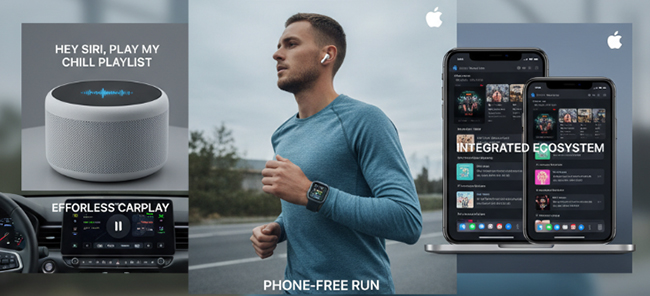
High-Quality Human Curation
In an age of algorithms, Apple still champions the human touch. The service features live, 24/7 global radio stations like Apple Music 1, hosted by renowned DJs who curate music and host exclusive artist interviews. Beyond live radio, thousands of in-house playlists are expertly curated for any mood, genre, or activity, often feeling more thoughtfully constructed than their purely computer-generated counterparts.
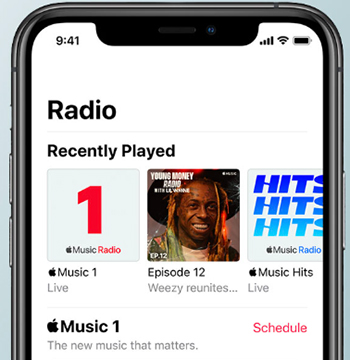
A Clean, Lyrics-Focused Interface
The Apple Music app boasts a clean, visually appealing interface that puts album art front and center. Its standout feature is the exceptional real-time lyrics implementation. Lyrics scroll perfectly in sync with the song, and a simple tap can jump you to a specific verse. This is further enhanced by Apple Music Sing, a karaoke-style feature that lets you lower the vocal track on millions of songs to sing along, making it a fun feature for casual and social listening.

Growing Library of Exclusive Content
While the era of album exclusives has largely passed, Apple Music continues to offer unique content. This includes the "Apple Music Live" series, which features exclusive concert recordings from major artists, along with deep-archive interviews, documentaries, and other video content that you won't find on competing platforms.

Great Value & Flexibility
Apple Music offers a variety of subscription plans to fit different needs and budgets, including an Individual Plan and a Family Plan that allows up to six users to have their own accounts. Additionally, students can get a significant discount and even receive free access to Apple TV+.
Apple Music is also included in all tiers of the Apple One subscription bundle, which can offer significant savings if you use other Apple services. One of the perks of Apple Music is a free trial. It is available for new users, giving you time to explore the service before committing to a subscription.
| Apple Music Plans | Price |
|---|---|
| Individual Plan | $10.99/month. |
| Student Plan | $5.99/month (Includes Apple TV+) |
| Family Plan | $16.99/month (Up to six users, each with a personal account) |
| Apple One Plan | $19.99/month (Includes iCloud+, Apple TV+, and Apple Arcade) |
Artist Relations
Apple Music offers valuable features for both fans and artists. The platform is widely known for its artist-friendly business model, as it is rumored to pay artists a higher per-stream rate than many of its competitors. Additionally, the Connect tab (now integrated within artist profiles) serves as a social space where artists can directly share new music, behind-the-scenes videos, lyrics, and photos, creating a more direct and personal relationship with their fans.
Part 2. The Cons of Apple Music: Reasons to Hesitate
While Apple Music has so many pros, no service is perfect. Apple Music has a few significant disadvantages that might make it the wrong choice for certain types of listeners.
Music Discovery Lags Behind the Competition
This is Apple Music's most cited weakness. While its human-curated playlists are strong, its algorithmic music discovery—the personalized playlists and radio stations meant to introduce you to new favorites—is widely considered less effective than Spotify's. Users who love the "Discover Weekly" and "Daily Mix" playlists on Spotify may find Apple's recommendations to be less insightful and adventurous.
There Is No Free Version
If you don't want to pay for music, Apple Music is not for you. Unlike Spotify and YouTube Music, there is no ad-supported free tier that lets you listen to the on-demand catalog. Your only free access is to the live radio stations. For students, casual listeners, or anyone on a tight budget, this lack of a free entry point is a major deal-breaker.
Social Features Are an Afterthought
Music is often a social experience, and this is an area where Apple Music feels underdeveloped. You can follow friends to see their listening activity, but that's about it. It critically lacks the collaborative playlist feature that allows multiple users to build a shared queue, a very popular feature on Spotify.
The Experience on Android & Windows Isn't as Polished
While Apple provides functional apps for Android and Windows users, the experience isn't on par with its own platforms. The apps can sometimes feel slower and lack the deep integration that makes the service so appealing on Apple hardware. If you primarily use non-Apple devices, you won't be getting the premium experience the service is designed for.
DRM Protection for Limited Usage
Apple Music tracks are protected by Digital Rights Management (DRM) and are encoded in the M4P format. This DRM protection limits where you can play the songs, typically restricting them to the Apple Music or iTunes app. This can be inconvenient if you want to listen to your music on devices that don't support the app.
Tips:
DRmare Apple Music Converter is a software solution designed to remove the DRM protection from Apple Music tracks. It converts Apple Music songs, albums, and playlists into more common file types like MP3, FLAC, and WAV. This allows you to play your music on devices that don't support the Apple Music app, even after your subscription ends. The software is also advertised to work at a high speed, preserving original audio quality and ID3 tags.
Part 3. How Apple Music Compares to the Competition
- Versus Spotify: This is the main event. The choice is a trade-off. Choose Apple Music for superior base-tier audio quality and seamless ecosystem integration. Choose Spotify for its best-in-class music discovery algorithm, robust social features, and functional free tier.

- Versus Amazon Music & Tidal: For audiophiles, the competition is closer. Amazon Music also includes HD audio at no extra cost, making it a strong alternative, especially for Prime members. Tidal still offers the absolute highest-fidelity options, but at a premium price, making Apple Music the value leader for high-quality sound.
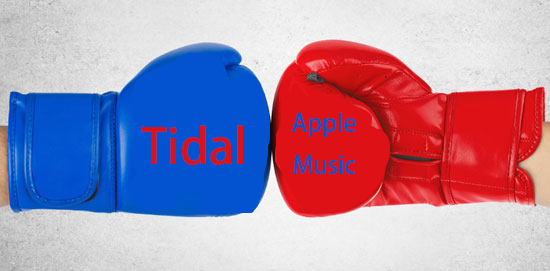
Part 4. Final Verdict: Is Apple Music Worth It For You?
After a thorough Apple Music review, you have a full knowledge of Apple Music's pros and cons. Is Apple Music finally worth it? The answer depends entirely on what you value most in a music streaming service.
You should subscribe to Apple Music if:
- You are invested in the Apple ecosystem (iPhone, Mac, Apple Watch, HomePod).
- You prioritize high-fidelity audio (Lossless and Spatial Audio) and want it without paying a premium.
- You enjoy human-curated playlists and live radio over purely algorithmic recommendations.
You should probably look elsewhere if:
- You rely heavily on your music service to discover new artists and songs.
- You need a free, ad-supported plan.
- You primarily use Android or Windows devices and want the most polished experience possible.
Ultimately, the best way to decide is to take advantage of the Apple Music free trial. Use it to import your playlists, test the recommendations, and hear for yourself if the leap in audio quality makes it worth the switch.













User Comments
Leave a Comment